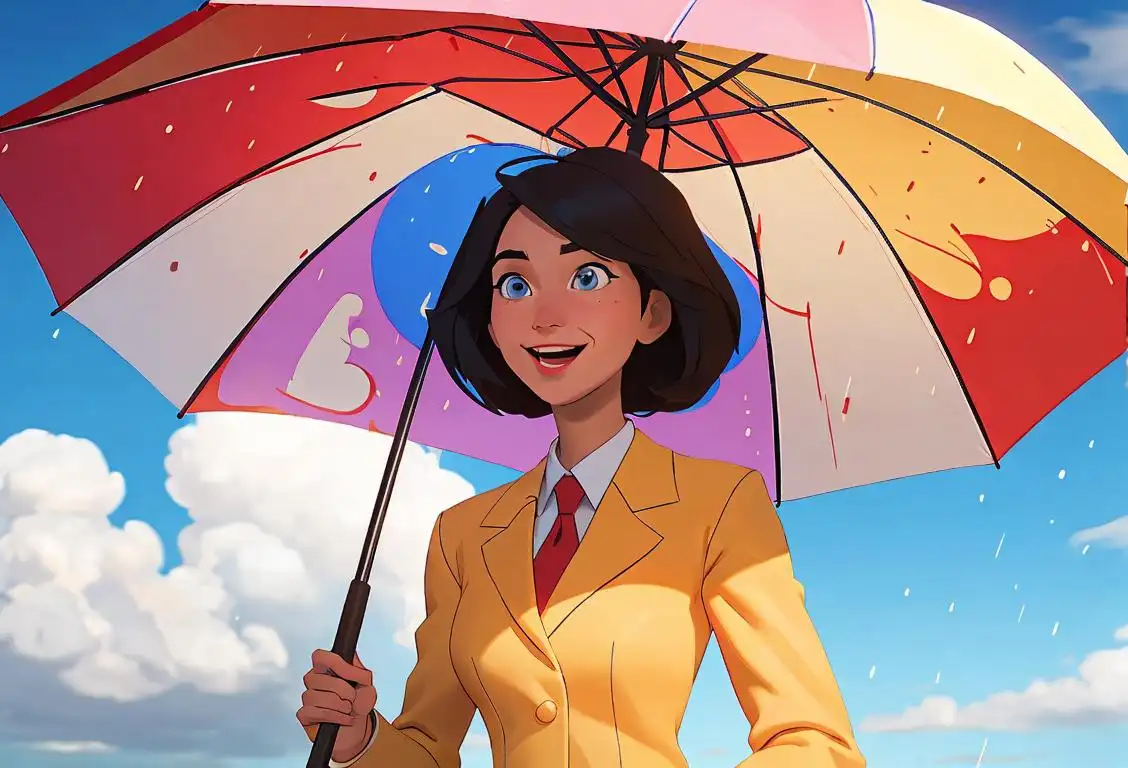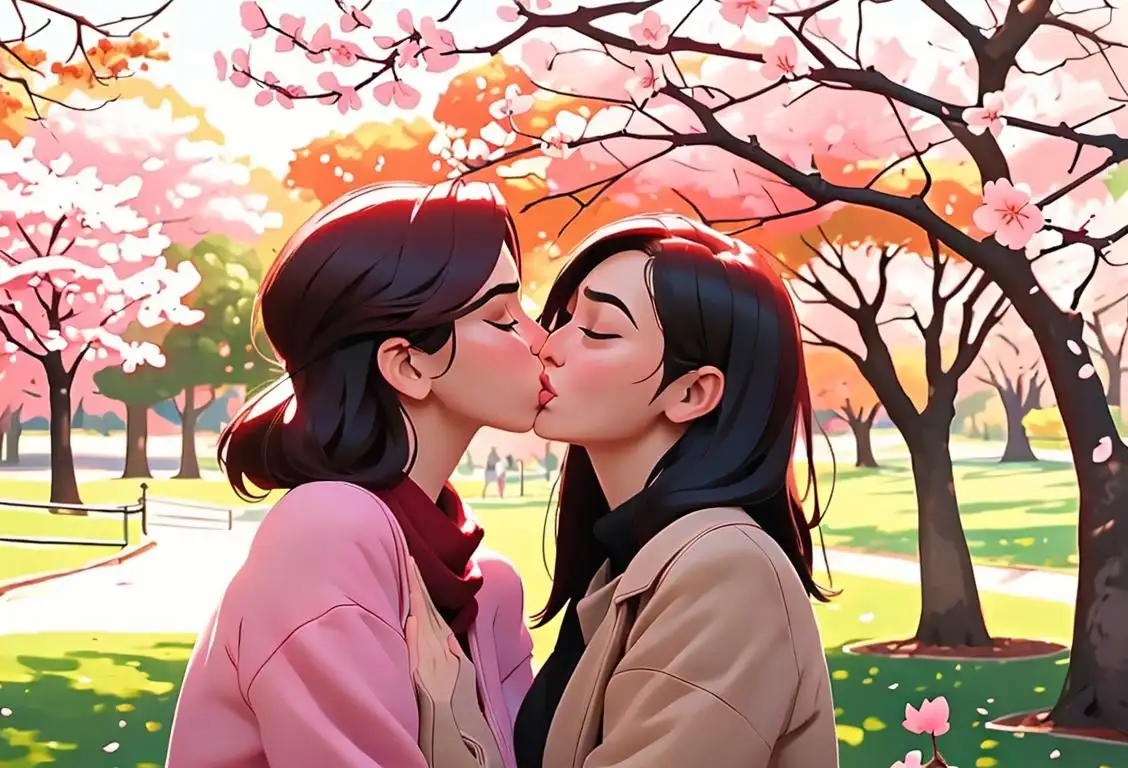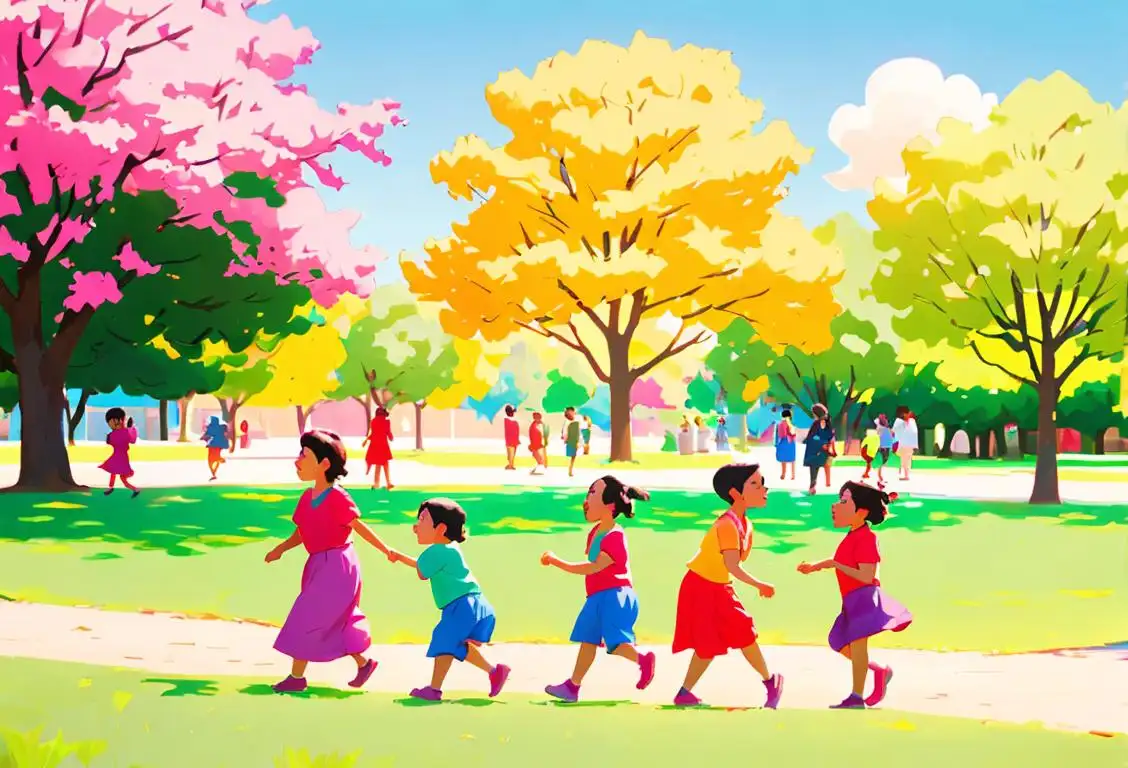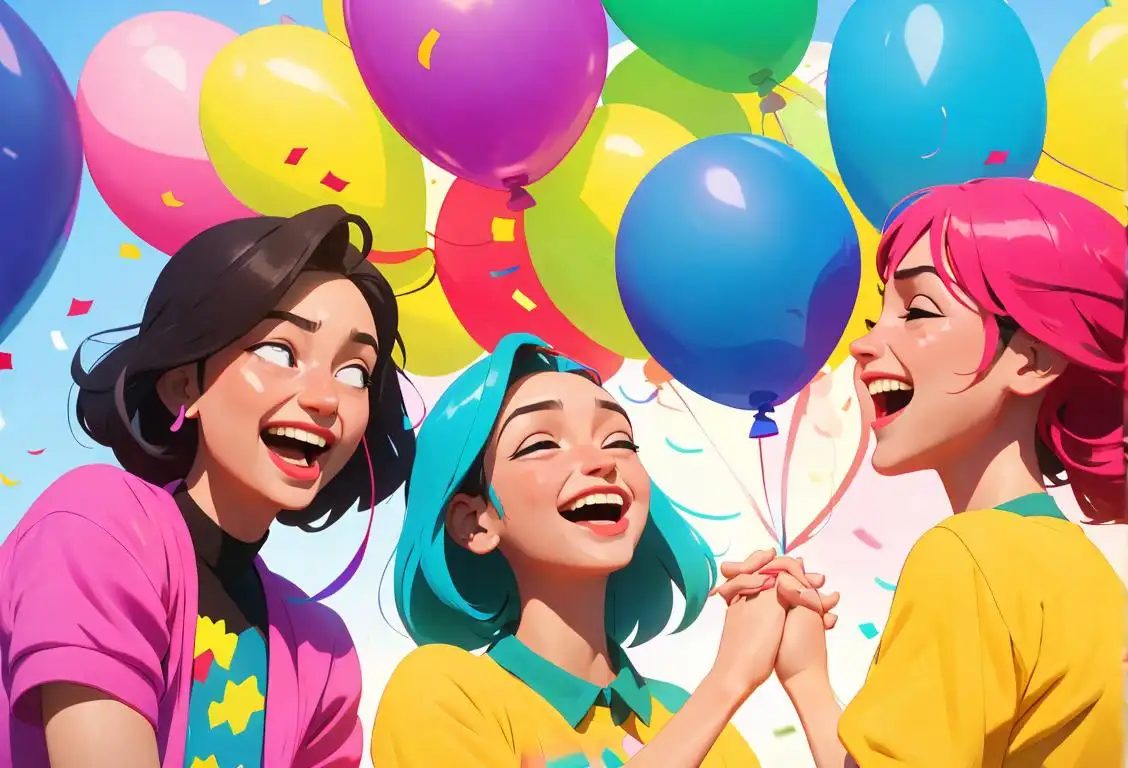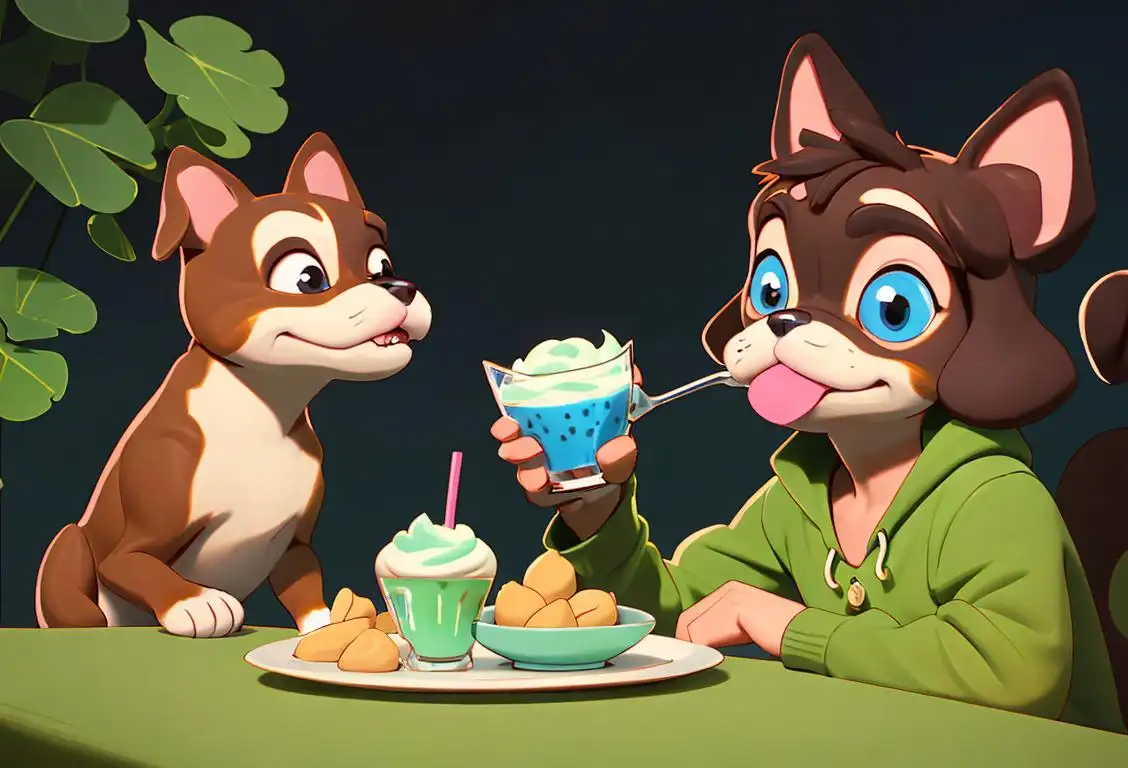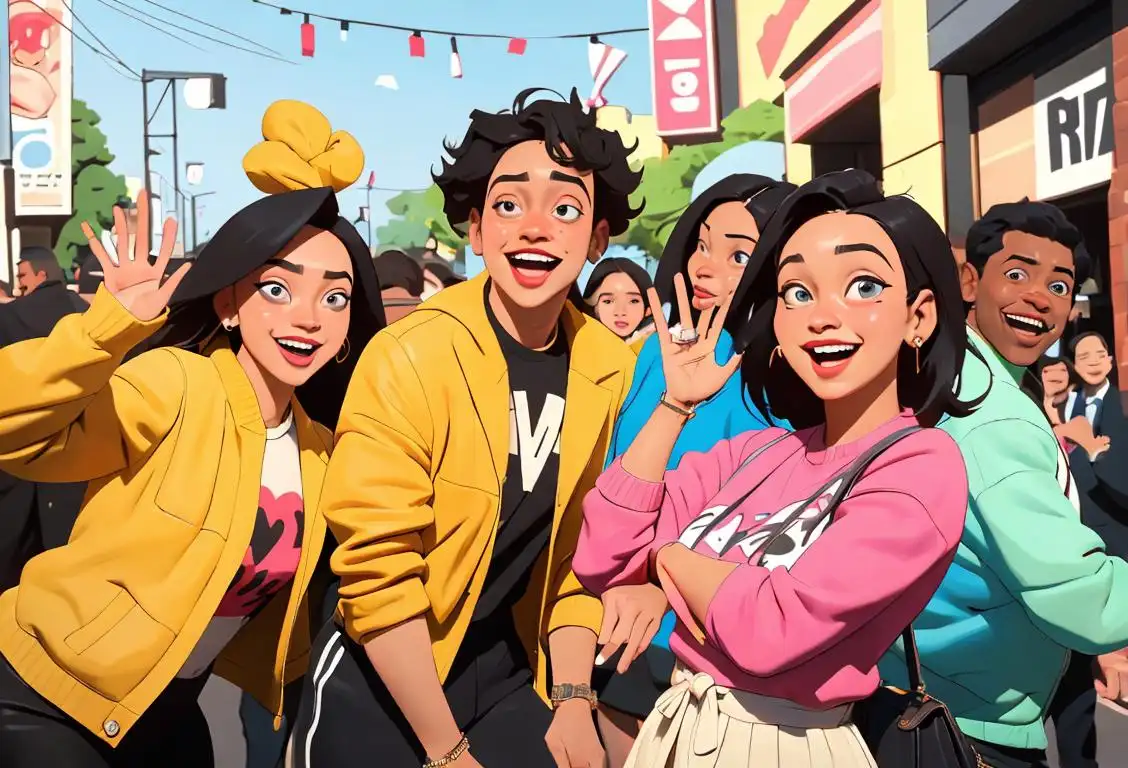National Hand Shake Day

Hey there, hand shakers! Get ready to grip and grin because National Hand Shake Day is here!
When is Hand Shake Day?
It's national hand shake day on the 29th June.
Holding Hands (Shaking Optional)
On this splendid occasion, we celebrate the age-old art of handshaking. It's a chance for us to connect, to greet each other with warmth and respect, and to show off our firm (but not too firm) handshake skills. So, let's embark on a digital journey to learn all about the history and significance of this handshaking extravaganza!
The Birth of a Tradition
The origins of the handshake are a bit hazy, much like a foggy morning before you've had your coffee. However, historians believe that handshaking dates back to ancient Greece as a way to convey peaceful intentions. It was a gesture of trust and goodwill, showing that you held no weapon in your hand. So, instead of swords clashing, hands were meeting in harmony!
Shaking Things Up Online
Fast forward to the digital age, where even handshakes have gone high-tech! People around the world celebrate National Hand Shake Day on the 29th of June every year. It's a day to honor this universal way of greeting and connecting with each other, both online and offline.
Handy Handshake Tips
Now, just in case you're a little rusty on your handshake technique, we've got your back. Here are a few simple tips to nail that perfect handshake:
- Make eye contact and smile. It's all about creating a warm and friendly atmosphere.
- Extend your hand with the palm facing slightly upward, leaving just enough space for the other person's hand to meet yours.
- Give a firm, but not bone-crushing, grip. Nobody wants to lose a finger during a handshake!
- Then, pump your hand up and down two or three times, and voila! You've just completed a successful handshake.
Did You Know?
The Guinness World Record for the longest handshake marathon is held by two people who shook hands for a staggering 42 hours straight! Talk about dedication to handshaking; their wrists must have been sore for days!
History behind the term 'Hand Shake'
5th Century B.C.
Origins of Greeting
The practice of greeting others by extending their right hand dates back to ancient times. In the 5th century B.C., the Greeks used handshakes as a gesture of peace to demonstrate that they were not carrying weapons. Handshakes were also a way to establish trust and goodwill between individuals.
2nd Century B.C.
Roman Influence
The Romans recognized the importance of handshakes and adopted the custom from the Greeks. They called this greeting 'dextrarum iunctio,' which means 'the joining of right hands' in Latin. Handshakes became a common social practice in Roman society, signifying trust, agreement, and friendship.
9th Century
Medieval Culture
During the medieval period, handshakes gained even more significance in European culture. They were seen as a symbolic gesture of knights and warriors to show respect, trust, and to seal agreements. Hand clasping was a way to demonstrate that both parties were in agreement and gave their word.
17th Century
Business Dealings
Handshakes became a common practice in business transactions during the 17th century. Merchants and traders used handshakes to establish trust and finalize agreements. This gesture served as proof of a verbal agreement and sealed the deal between parties involved in business negotiations.
19th Century
American Adoption
The modern form of the handshake that we are familiar with today gained popularity in the United States during the 19th century. It became customary as an everyday greeting and sign of respect in American society. The American handshake typically involves a firm grip and a brief up-and-down motion.
20th Century
Global Recognition
By the 20th century, handshakes had transcended borders and became a universally recognized greeting and symbol of friendship. Handshakes are practiced in various cultures around the world, with slight variations in style and customs. It is considered an essential part of business etiquette and social interactions worldwide.
Did you know?
The Guinness World Record for the longest handshake marathon is held by two people who shook hands for a staggering 42 hours straight!Tagged
romance nsfw funFirst identified
30th June 2016Most mentioned on
29th June 2017Total mentions
51Other days
Aldub Day
Weatherpersons Day
Love Pizza Day
Kisses Day
Awareness Day
One Day
Children Day
Happiness Day
Opposite Day
Ojd Day

